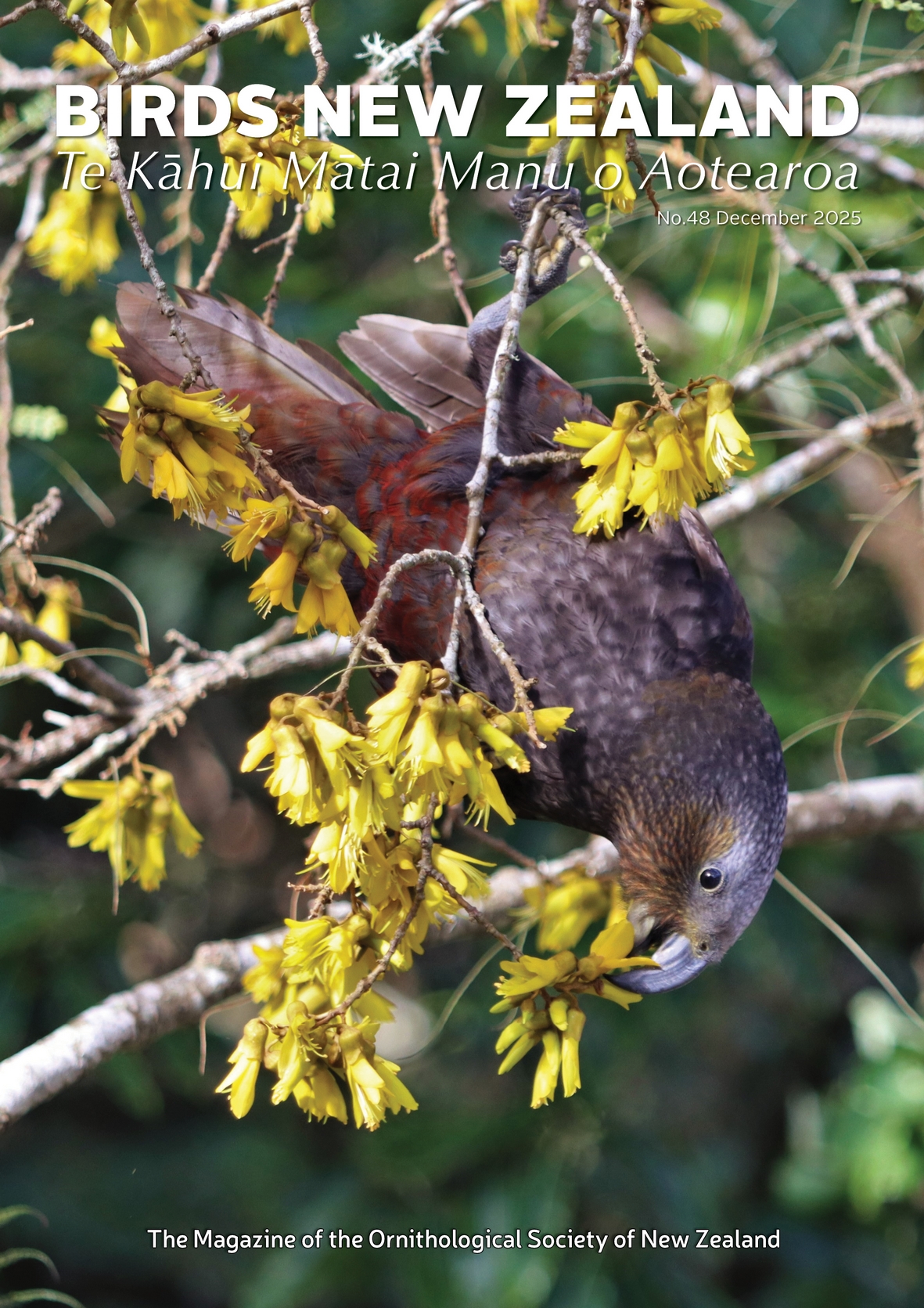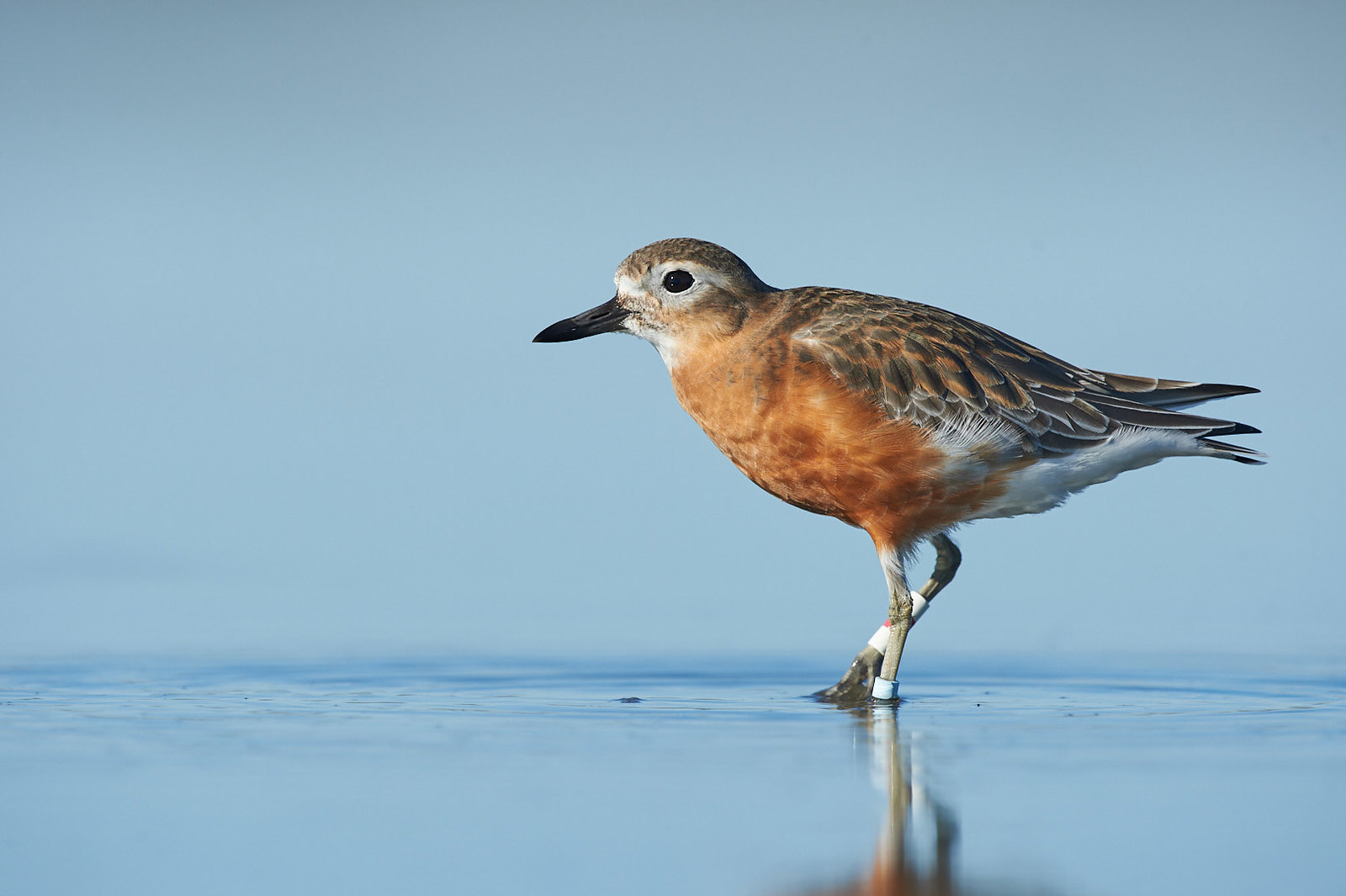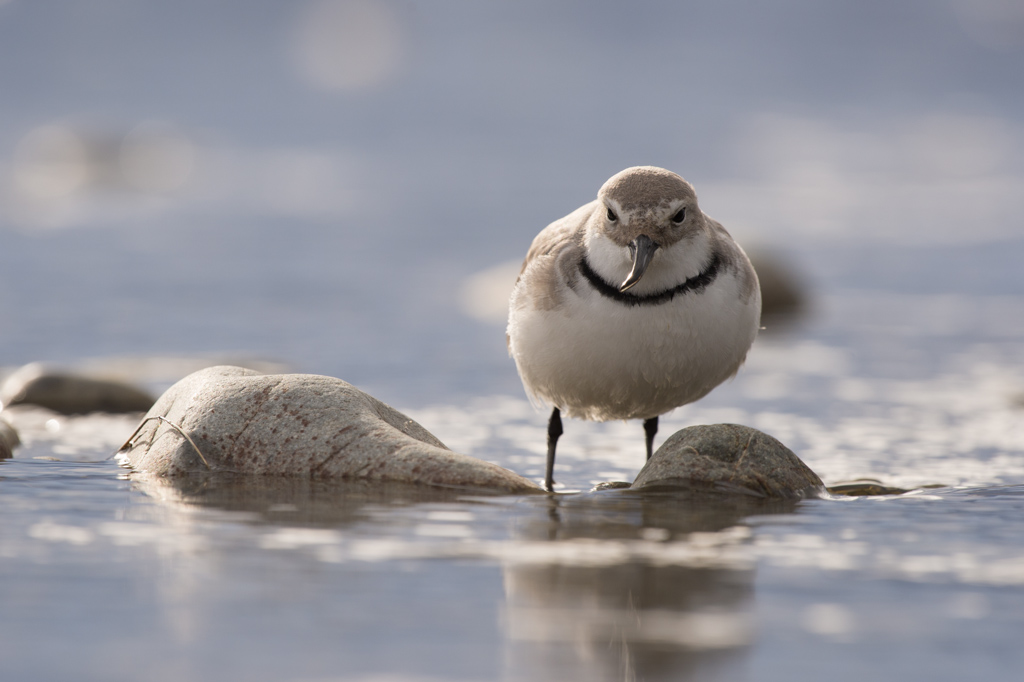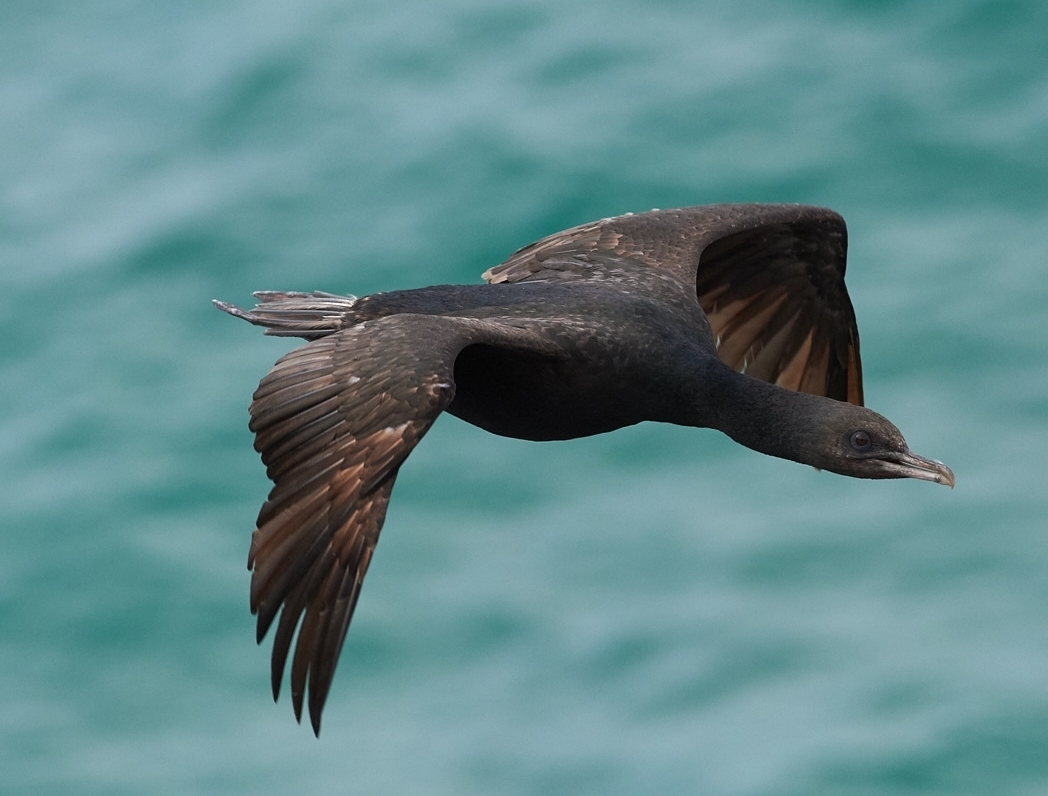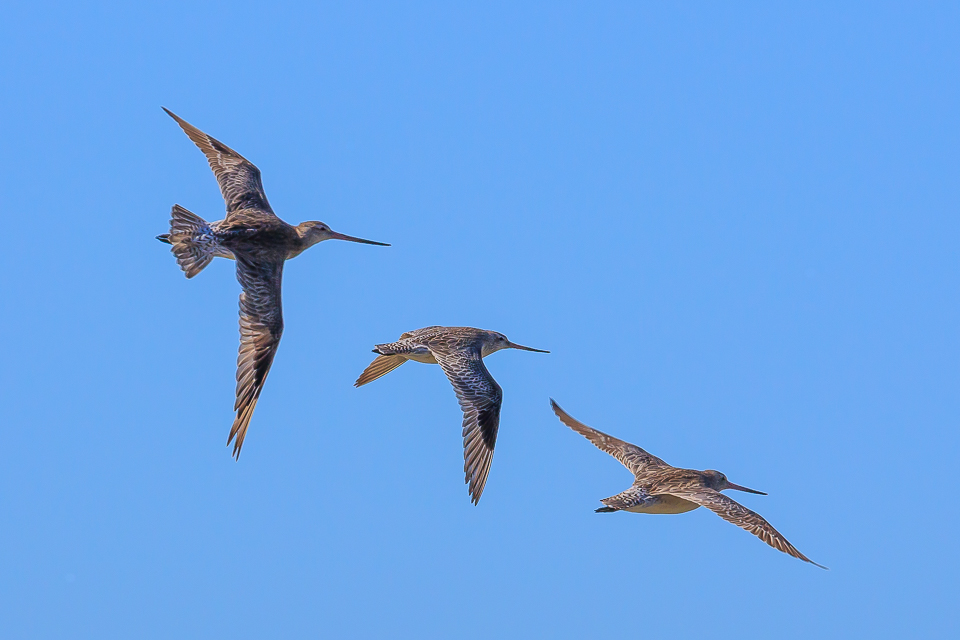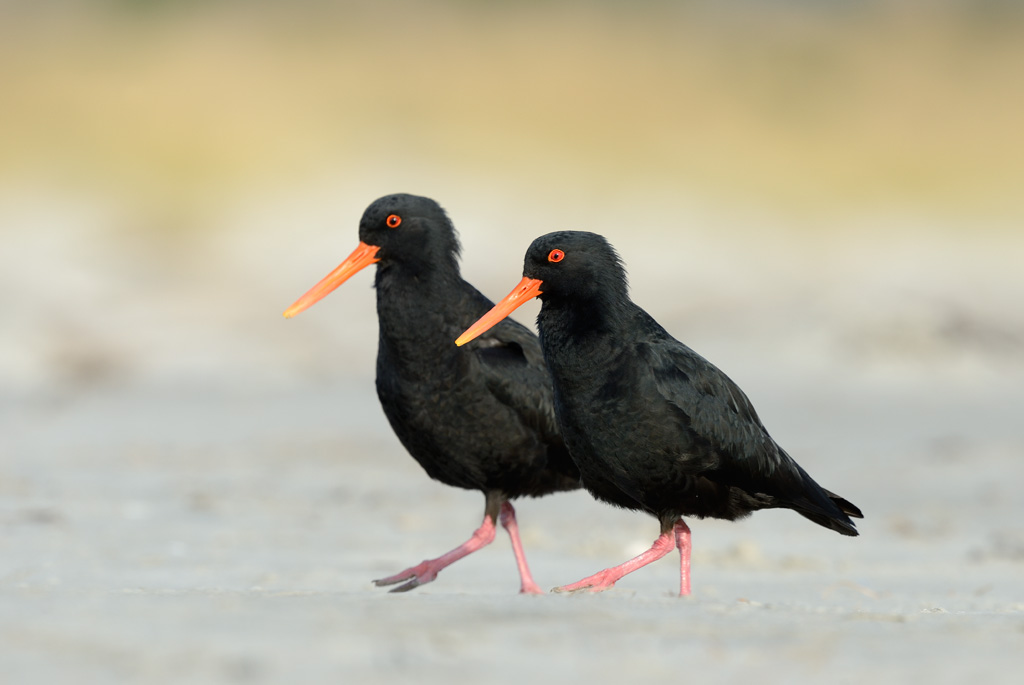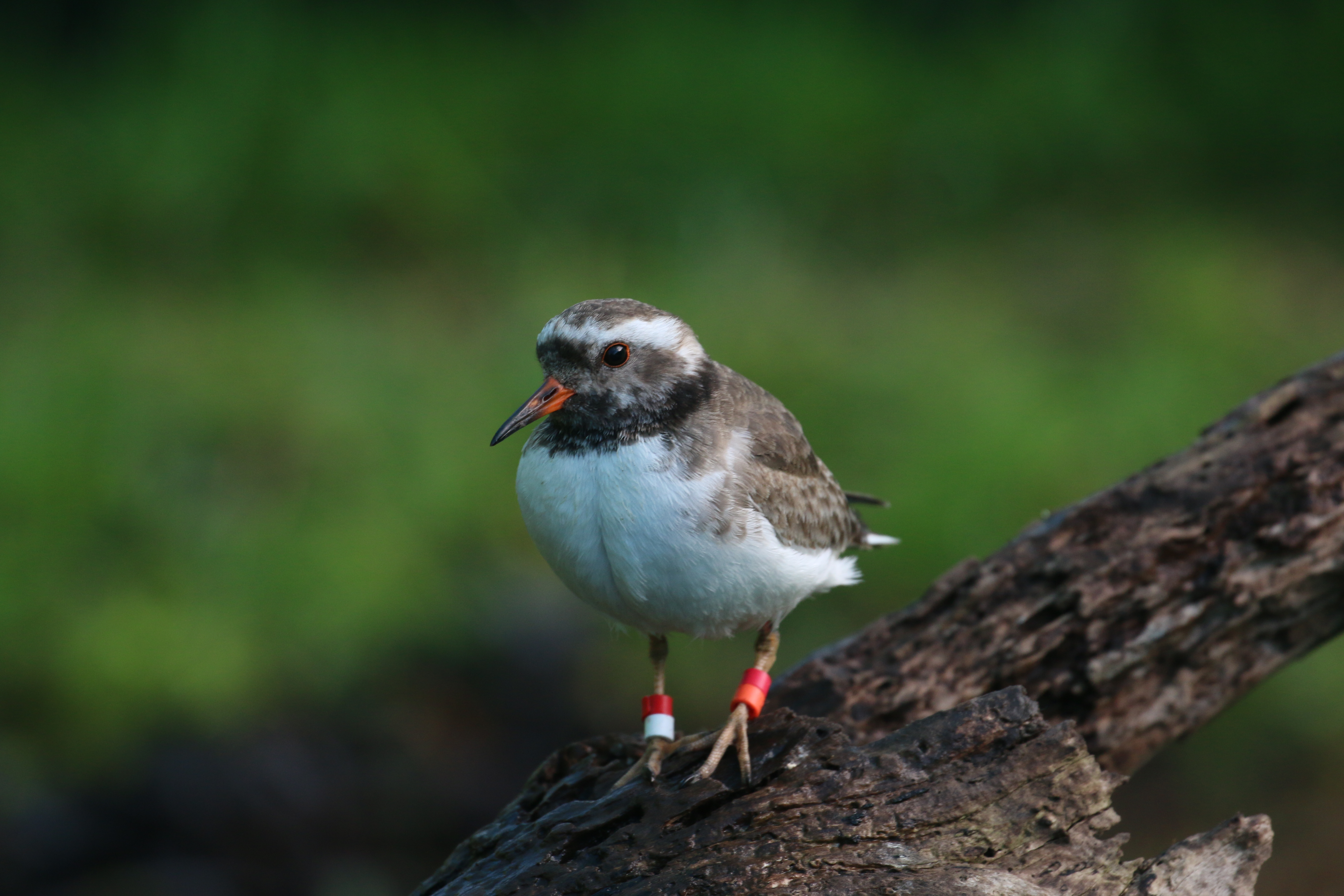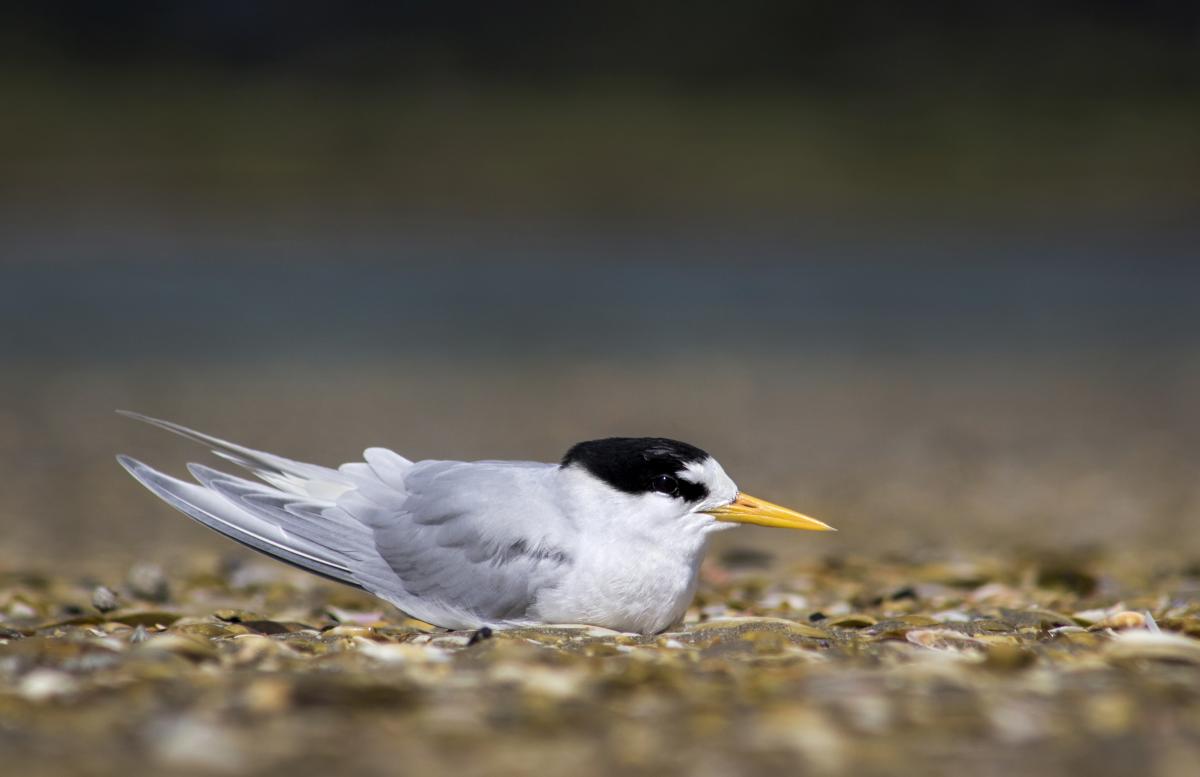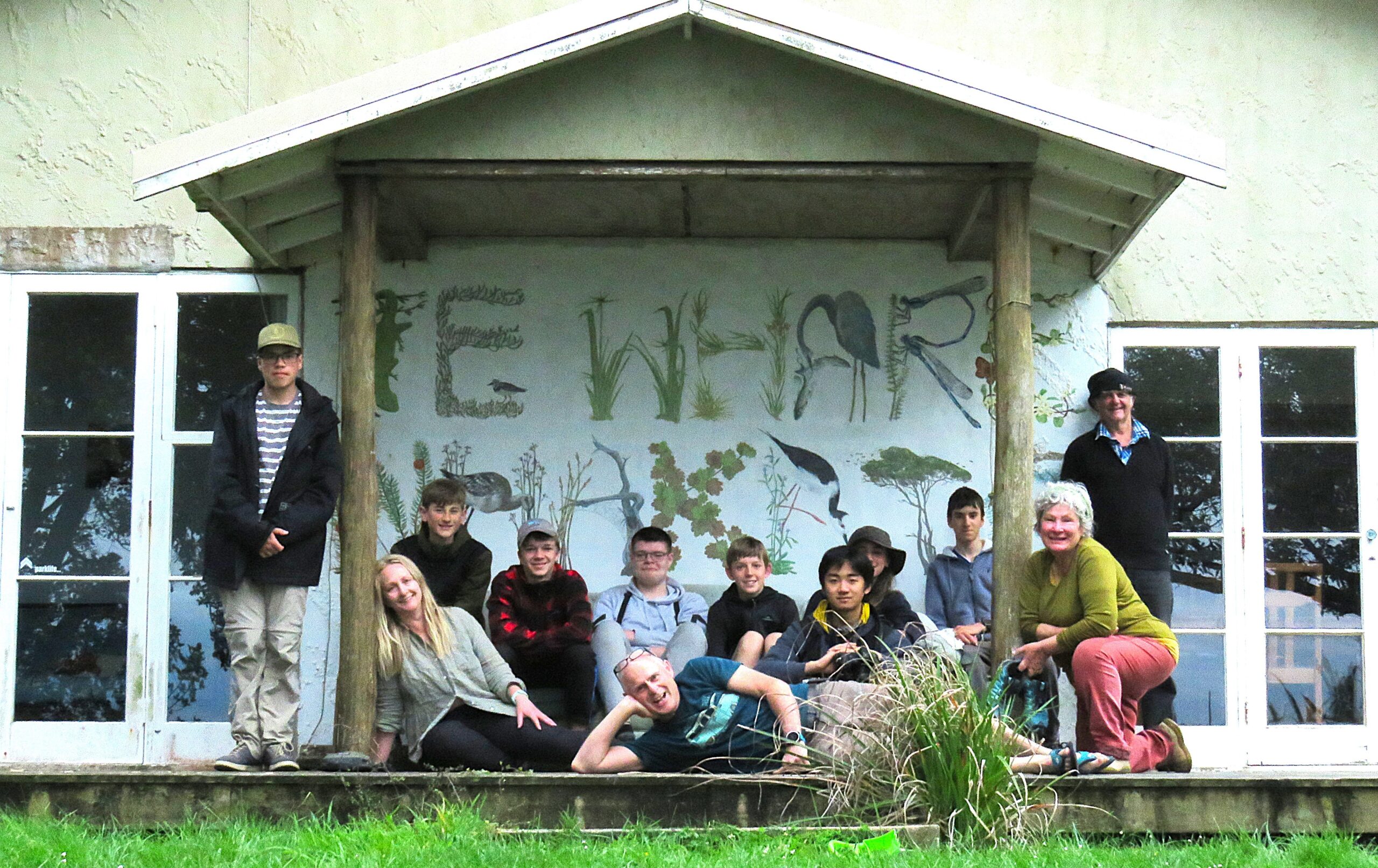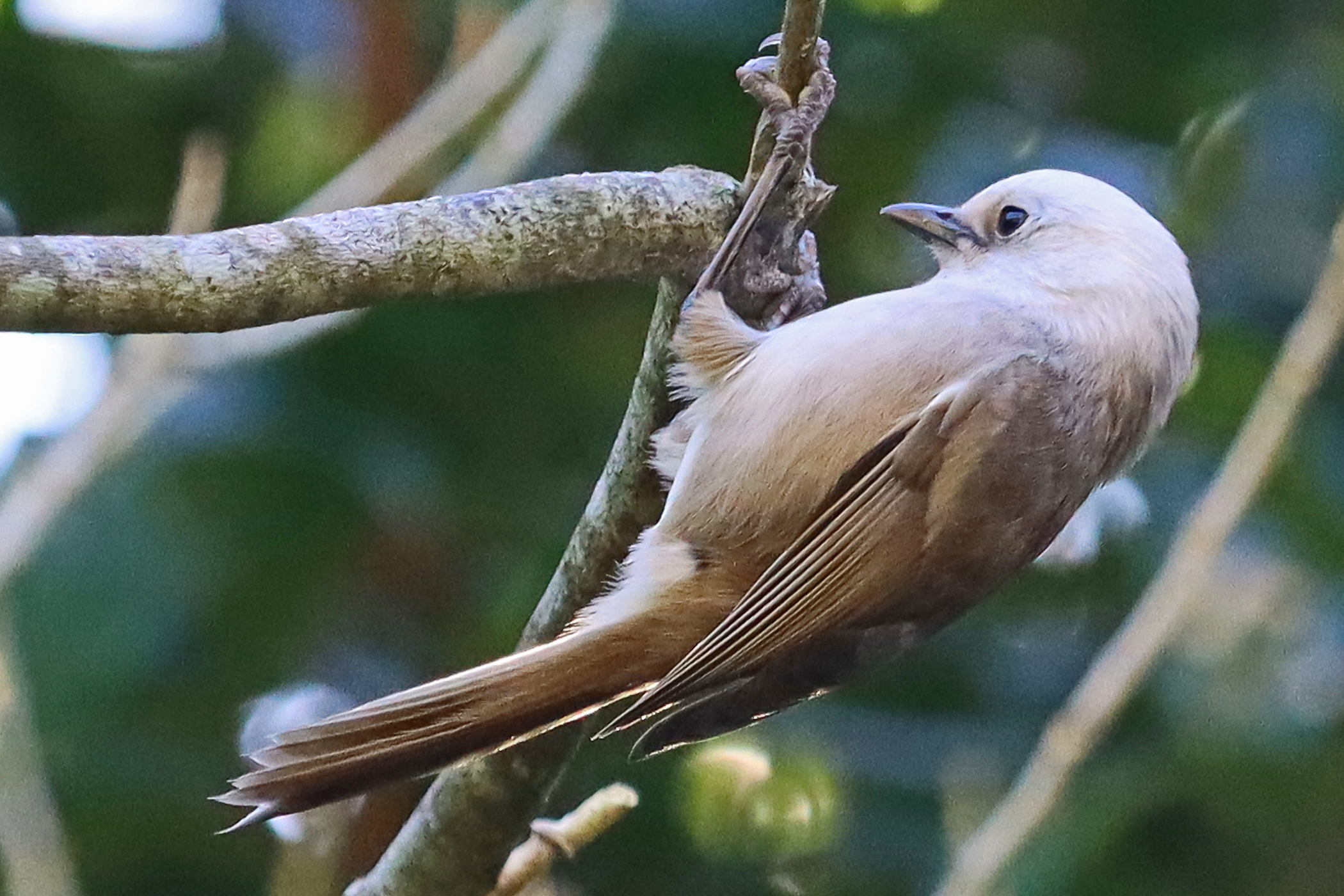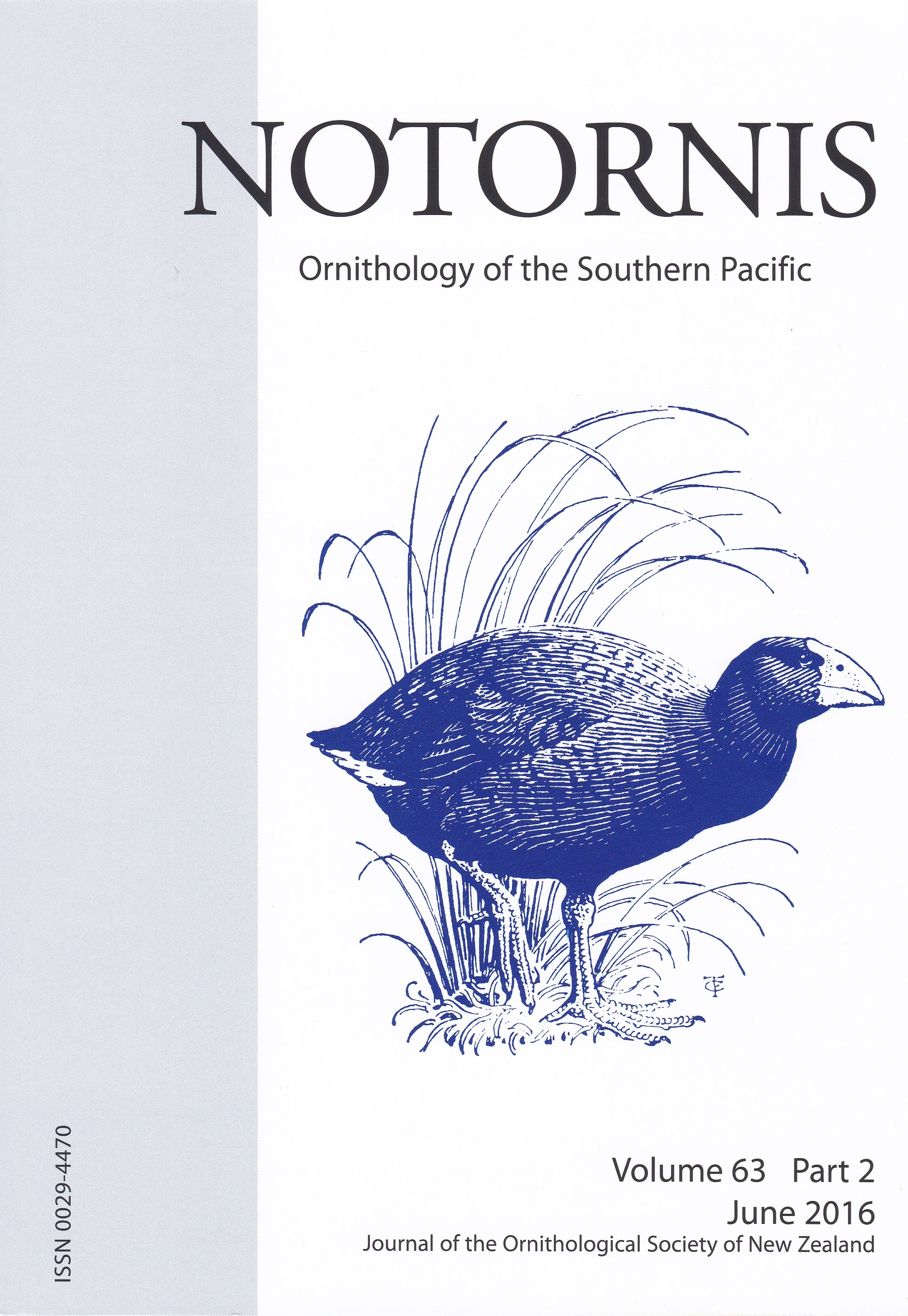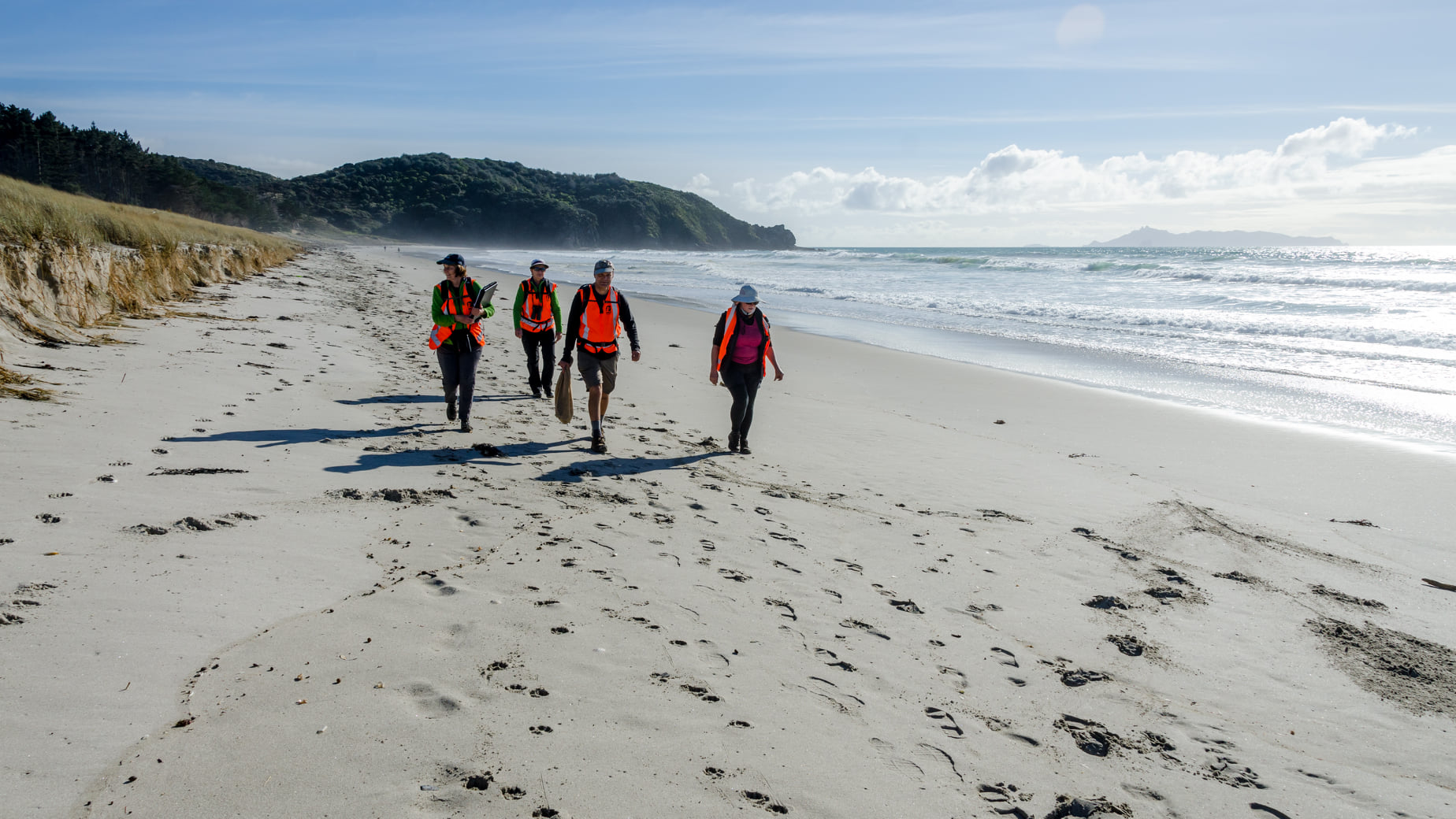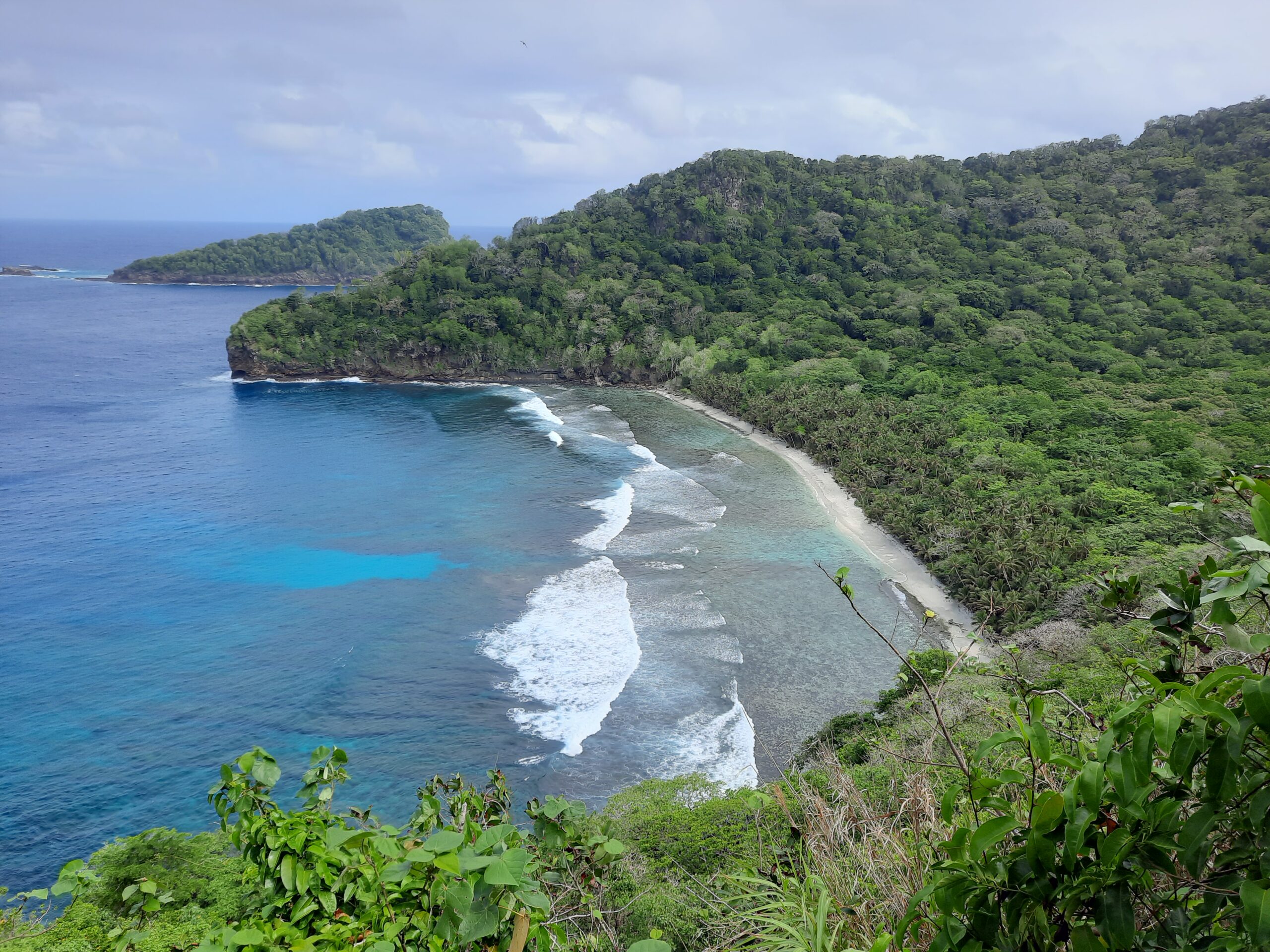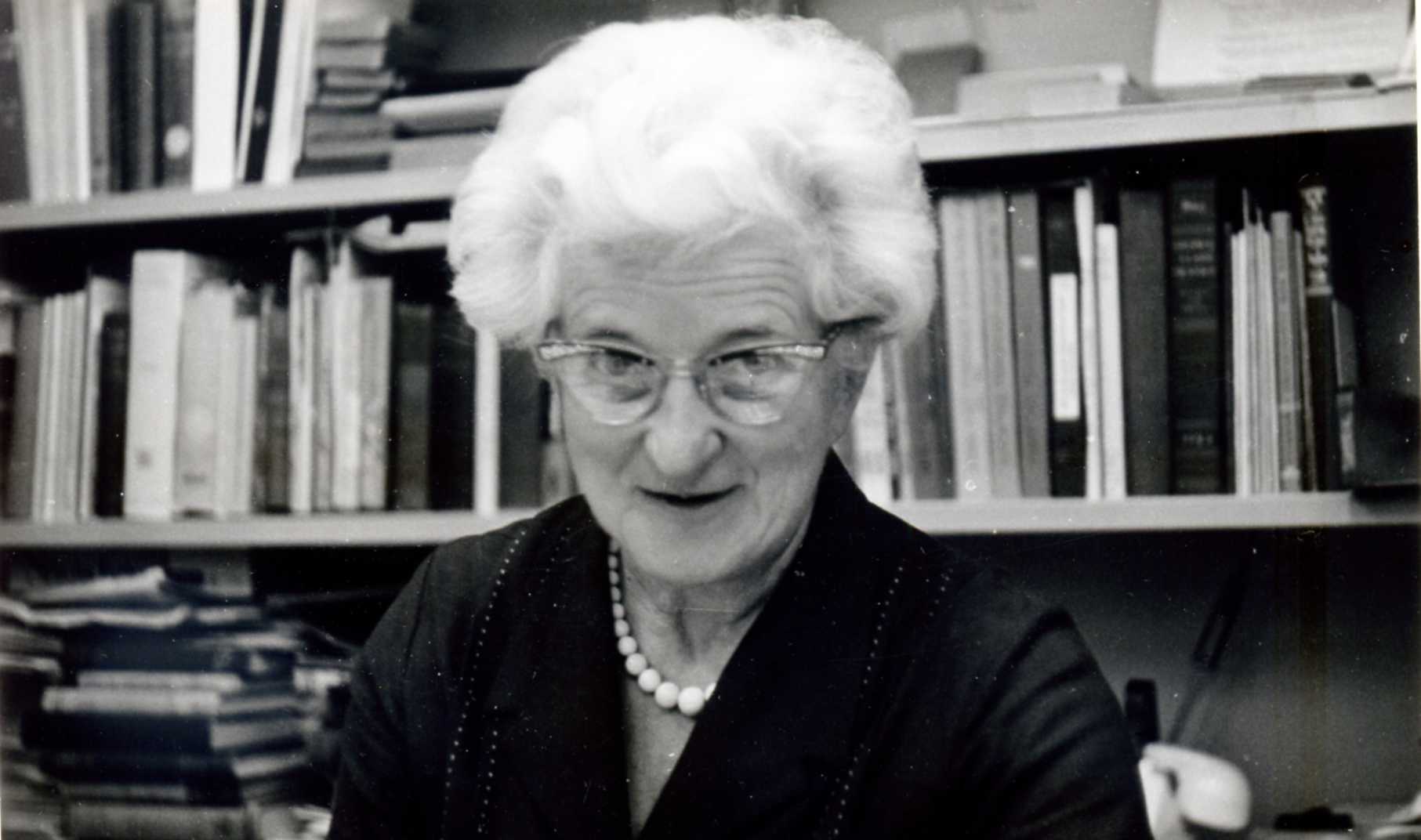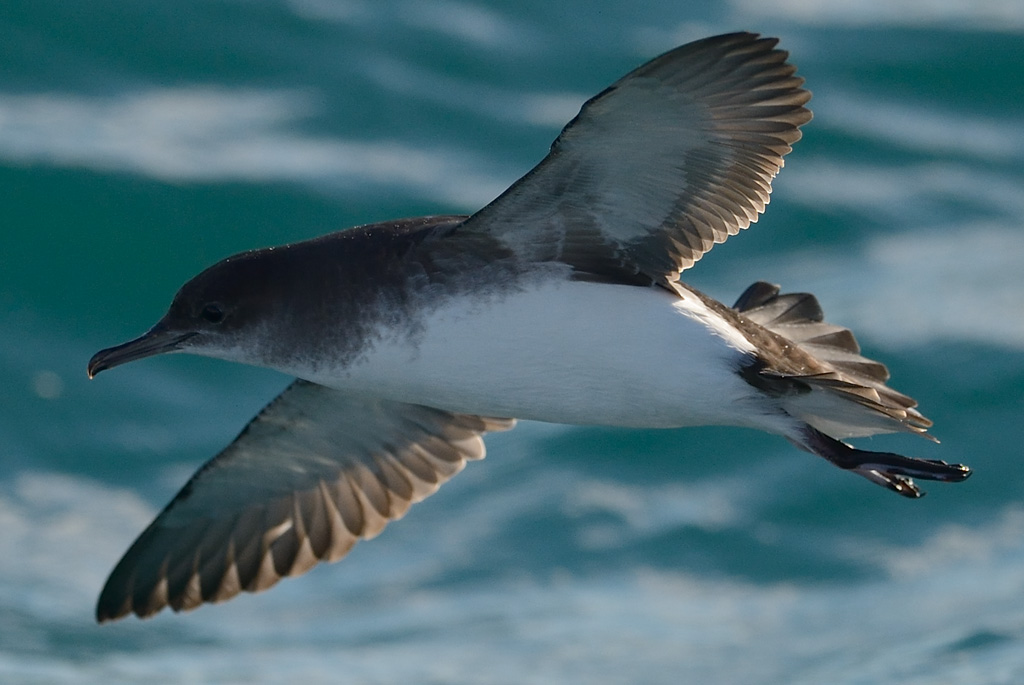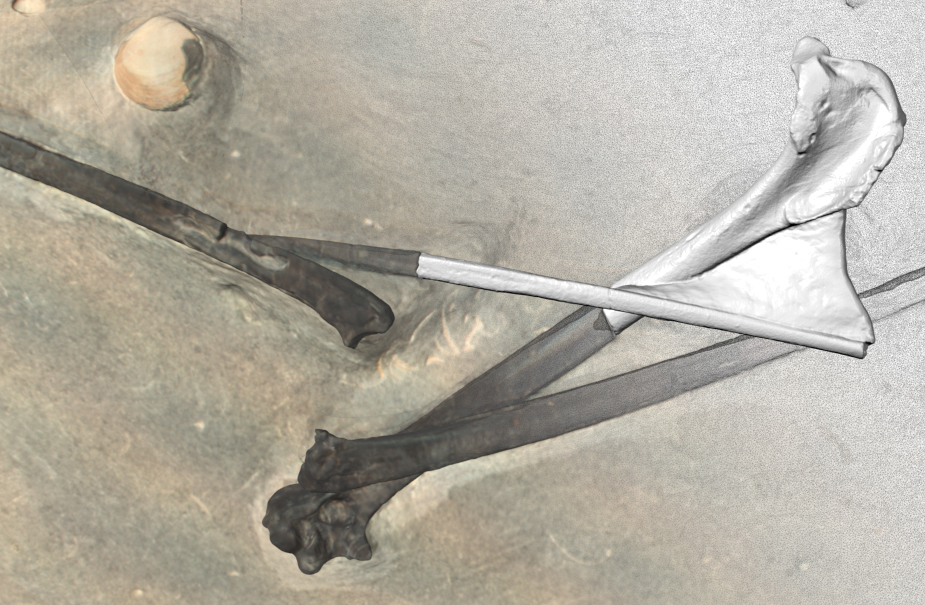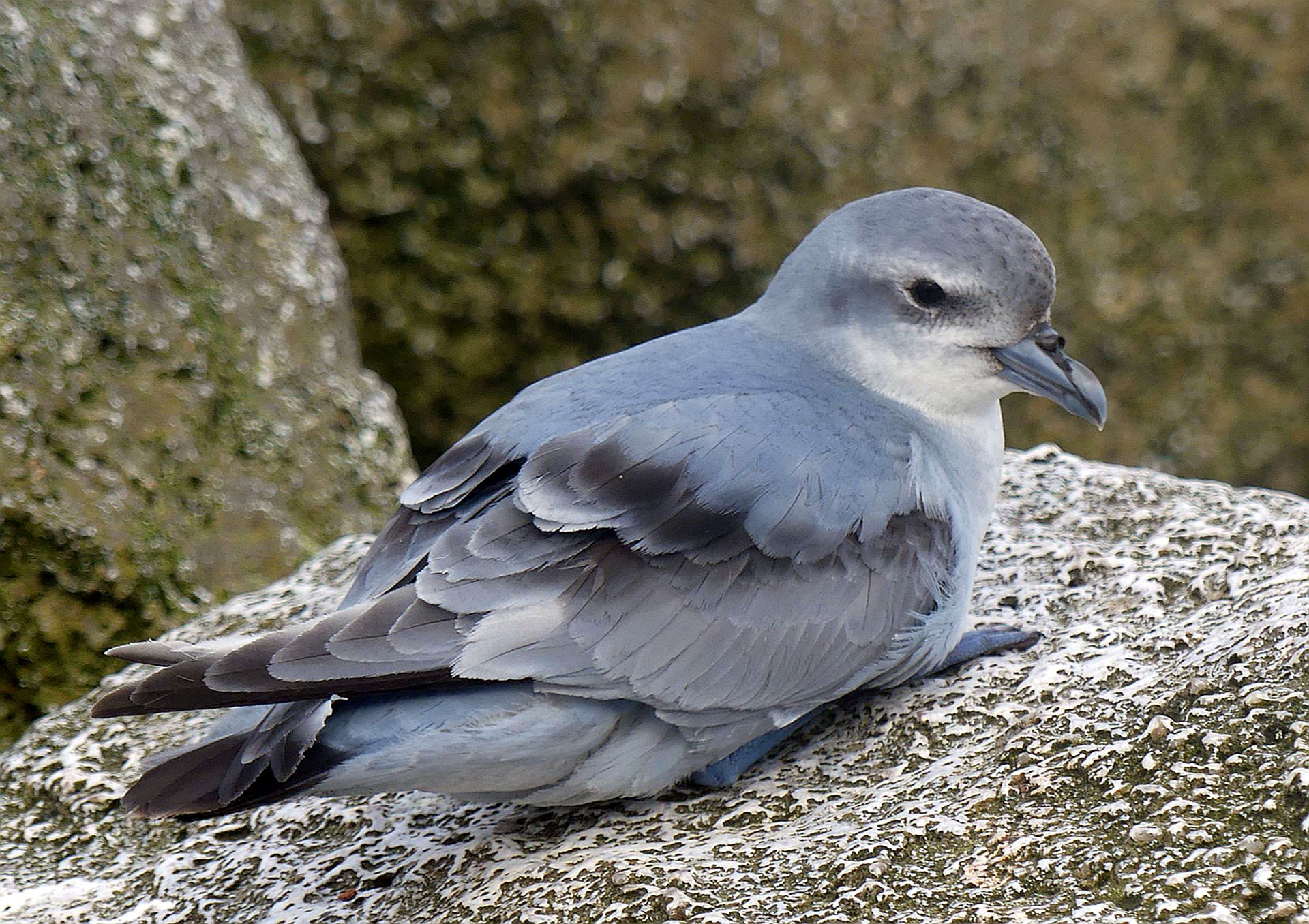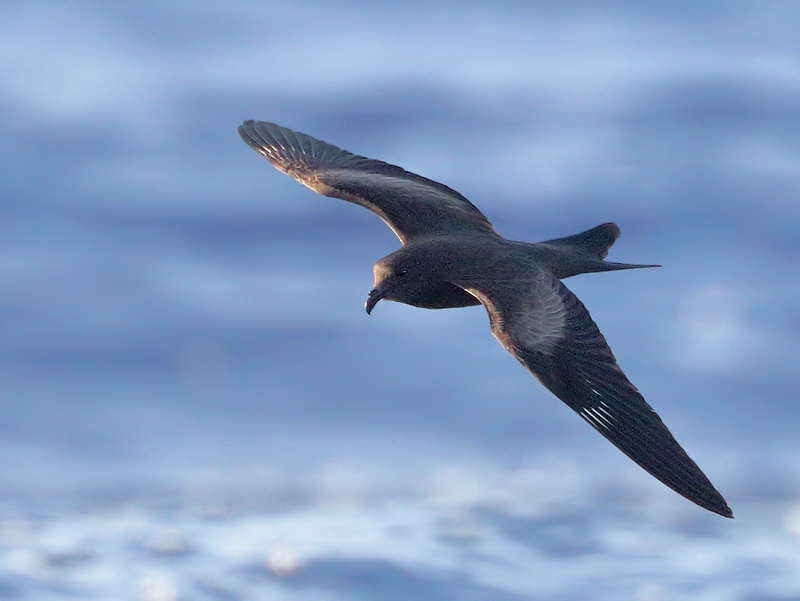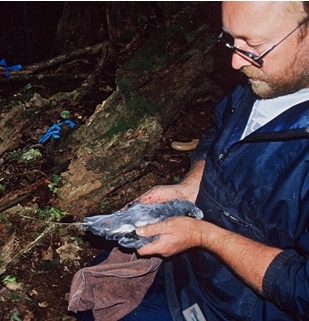Category: Live
December 2025 Birds New Zealand magazine published
December 15th, 2025The December 2025 edition of Birds New Zealand magazine has been published with a cover photo featuring a Kākā feeding on flowering Kōwhai. This summer’s edition includes reports on new research funded by the 2024 Birds New Zealand Research Fund on Long-tailed Cuckoo tracking, Fluttering Shearwater and Spotless Crake monitoring, a repeat nationwide Black-billed Gull survey, the diets of kiwi chicks and Chatham Taiko and Chatham Petrel, and the ecological requirements of Australasian Bittern.
There are also items reporting on new research about Australasian Bittern nutritional stress funded by the David Medway Scholarship, a project monitoring for highly pathogenic avian influenza (HPAI) in Australasian Gannets at Farewell Spit, and a report of a New Zealand Falcon collecting and eating ‘rangle’ stones on the south Wellington coast.
There is an illustrated feature article about a birdwatching trip to the Solomon Islands by Notornis editor Colin Miskelly and the regular ‘A Bird’s Eye View’ column by magazine editor Michael Szabo has a focus on ‘Finding unusual terns’.
There are notices about our 2026 NZ Bird Conference and AGM in Wānaka over King’s Birthday weekend (30 May–1 June), the online publication of the latest edition of our scientific journal Notornis, the upcoming publication of a special issue of Notornis on the NZ Fairy Tern, the digital archiving of Notornis (1939-2025), reports from the 2025 Fledgling Fund recipients, and a call for submissions on the upcoming re-assessment of the conservation status of New Zealand birds.
Other items report on new papers describing five new extinct species of ancient penguins, a possible early bowerbird from ancient New Zealand and a new extinct species of Rēkohu Shelduck. It also includes the regular quarterly reports from Birds New Zealand President Natalie Forsdick and our regional representatives, plus some book reviews.
The link to the low-resolution PDF of the magazine is here: https://www.birdsnz.org.nz/publications/birds-new-zealand-december-2025/
Give the gift of birds this Christmas
December 6th, 2025Are you looking for a special gift to give this Christmas?
You can gift someone an annual Birds New Zealand subscription for just $1.75 a week to help foster a lifetime appreciation of birds.
Just choose a subscription plan and send an email to membership@birdsnz.org.nz and we will advise how to make the payment. We will then send you the Gift Voucher.
New members receive a free branded lens cloth – while stocks last!
Banding Newsletter
November 30th, 2025The latest Banding Newsletter is now available here
Read more about the New Zealand Banding Scheme or download previous newsletters here
Canterbury Newsletter
November 29th, 2025Download the latest Canterbury newsletter here
Other recent newsletters from around the regions are available here
Otago Newsletter
November 29th, 2025Download the latest Otago newsletter here
Other recent newsletters from around the regions are available here
South Auckland Newsletter
November 3rd, 2025Download the latest South Auckland newsletter here
Other recent newsletters from around the regions are available here
Nelson Newsletter
November 3rd, 2025Download the latest Nelson newsletter here
Other recent newsletters from around the regions are available here
Wellington Newsletter
October 7th, 2025Download the latest Wellington newsletter here
Other recent newsletters from around the regions are available here
Auckland Programme
August 7th, 2025Download the latest Auckland Regional Programme here
Other recent newsletters from around the regions are available here
2024 Birds NZ Youth Camp – Nelson/Tasman
October 14th, 2024The latest Youth Camp held in Nelson/Tasman was a great success!
Read the report here
Whanganui Newsletter
March 25th, 2023Download the latest Whanganui newsletter here
Other recent newsletters from around the regions are available here
Members can now choose to opt-out of receiving printed copies of publications
January 24th, 2023Council is always aware of the need to manage the financial resources of Birds New Zealand efficiently and wisely. For many years a large item of expenditure has been, and continues to be, printing and postage of our ‘Notornis’ scientific journal and the ‘Birds New Zealand’ magazine. Council is aware from correspondence and from conversations that many members do not read ‘Notornis’, or prefer to read and download individual papers and short notes on-line. Some prefer to read the magazine on-line too.
Following a discussion at its meeting in November 2022 on ‘Financial Resources, Independence and Administration’ – a topic set out in the Society’s long-term strategy – Council resolved to offer members a choice of continuing to receive printed copies of both publications, or receiving only the Birds New Zealand magazine, or not receiving printed copies of both publications.
Arrangements made by our website development partner now allow members to opt-out of receiving a print copy ‘Notornis’, or to opt-out of receiving print copies of both ‘Notornis’ and the ‘Birds New Zealand’ magazine. Please note that opt-ing out of receiving printed copies of these publications will not lead to a reduction of your membership subscription.
Members are invited to visit the Society’s website at any time; just go to birdsnz.org.nz/membership/login/#myaccount/. Then log-in to your Members Account using your email address and password. At the foot of the Members webpage, you will see the following opt-out choices in the drop-down selection box:
If you wish to opt-out of receiving (i) a printed version of the “Notornis” journal, or (ii) printed versions of “Notornis” AND the “Birds New Zealand” magazine, please select option (i) or option (ii):
- (i) I want a printed copy of “Birds New Zealand”, but NOT “Notornis”.
- (ii) I DO NOT want any printed publications.
- (iii) I want printed copies of BOTH publications.
If NO selection is made, or you select option (iii), you will continue to receive printed versions of both publications.
Please note, these selections cannot be made by Family Members who do not receive printed copies of the publications.
Council encourages members to consider these choices carefully and to opt-out of receiving printed copies of our publications if you don’t really need them.
The journal and magazine are published four times each year (March, June, September and December) and can always be accessed at no cost through the Publications Archive page on the website by visiting birdsnz.org.nz/publications/. Just select the issue you wish to read.
Bruce McKinlay
President
Beach Patrol Submissions – now easier!
November 21st, 2022With a new user-friendly design and modern look, the Beach Patrol Scheme now has an online submission facility, which makes recording easy!
Check out the new Beach Patrol Scheme page and online submission form
Read more about the new Beach Patrol Scheme, its history and objectives here
First dedicated Seabird Surveys for Samoa
November 21st, 2022A research team from Samoa’s Ministry of Natural Resources and Environment, the Samoa Conservation Society and the Secretariat of the Pacific Regional Environment Programme, accompanied by seabird expert Chris Gaskin, undertook a seabird survey on Nuútele Island, Samoa.
Read more about their findings here
This project was supported by the Pacific Island Bird Conservation and Research Fund (PIBCRF)
Historical Publications – now available Online
November 1st, 2022Check out our new Historical Publications page, which now includes the
Annotated Index to Some Early New Zealand Bird Literature by H. C. Oliver (1968)
and an Introduction to the Index
Why do seabirds die?
October 18th, 2022Initial analysis from a recent study into the cause of seabird deaths, based on injured birds from the Hauraki Gulf, suggests the main cause to be head trauma, followed closely by internal bleeding or a combination of both. These are the types of injuries consistent with that of groundings and collisions from light pollution as many seabirds have been documented to be disorientated by lights and end up landing on the ground and/or colliding with structures. The research, using dissections and necropsies, has helped provide some evidence that seabird groundings from light pollution can be fatal for many seabirds. This information can be used for future planning to reduce light pollution in New Zealand cities, and internationally.
A summary article of this project is available here
This research by Agustina Dominguez and Ariel-Micaiah Heswall was supported by the Birds New Zealand Research Fund.
New method for identifying bones
October 18th, 2022Recent research on bird bone shape and taxonomic ID has provided a new method for identifying isolated long bones using shape combined with landmark- and pseudolandmark-(landmark free) based classification analysis. The 3D shape-based classification method was applied to a case study of seabird bones belonging to penguins and tubenosed birds, where order- and family-level predictions of taxonomic identities were achieved with 100% accuracy. This work has now been published in Journal of Archaeological Science https://doi.org/10.1016/j.jasrep.2022.103641 and a summary article is available here.
This MSc research by Emma Holvast was supported by a David Medway Scholarship grant.
New Zealand gains two more endemic bird species
October 4th, 2022Recent analyses by Te Papa revealed several surprises that affect the conservation significance of prion populations on the Chatham Islands in particular, and also in the New Zealand subantarctic region as a whole!
The key findings were:
- The ‘fulmar prions’ from the Chatham Islands are not closely related to the true fulmar prions that breed on the Bounty Islands and Snares Islands (Western Chain), and are more closely related to fairy prions. As they breed in close proximity to fairy prions (on Mangere Island and the Murumurus), we recommend that the prions that breed on The Pyramid and the Forty Fours be recognised as a full species that is endemic to the Chatham Islands (Pyramid prion P. pyramidalis).
- The prions that breed on Heard Island (Australian territory) are subantarctic fairy prions (Pachyptila turtur eatoni) NOT lesser fulmar prions (P. crassirostris flemingi). This means that lesser fulmar prions are endemic to the Auckland Islands, and that Australia has lost a breeding species
- As the ‘fulmar prions’ from the Chatham Islands are not closely related to the true fulmar prions that breed on the Bounty Islands and Snares Islands (Western Chain), this means that the fulmar prion as a species is endemic to the New Zealand subantarctic region, with one subspecies on the Bounty Islands and Snares Islands (Western Chain) and the other subspecies on the Auckland Islands.
- Two subspecies of fairy prions should be recognised. Within the New Zealand region, the subantarctic fairy prion (P. turtur eatoni) breeds only on the Antipodes Islands. Beyond New Zealand it breeds on Macquarie Island, Heard Island, Kerguelen Islands, Crozet Islands, Falkland Islands and South Georgia. Under the New Zealand Threat Classification System, P. turtur eatoni should be classified as ‘Naturally Uncommon’, with the qualifiers ‘Secure Overseas’ and ‘One Location’.
Read more on the Te Papa blog: Then there were eight: Te Papa research reveals yet another species of prion
and the research paper: Genomic analyses of fairy and fulmar prions (Procellariidae: Pachyptila spp.) reveals parallel evolution of bill morphology, and multiple species
A lucky find – Matsudaira’s storm petrel
September 13th, 2022There are a handful of bird species that are included on the New Zealand list based on a single specimen found storm-wrecked somewhere on New Zealand’s long coastline. Curator Vertebrates Colin Miskelly describes the discovery of the latest addition to this list. Read more
A new page for “Matsudaira’s storm petrel” has now been added to the New Zealand Birds Online website.
Celebrating a lifetime dedicated to seabirds
August 22nd, 2022Graeme Taylor, Principal Science Advisor Marine, has been awarded the Robert Falla Memorial award at the 2022 New Zealand Bird Conference which was held in Christchurch in June.
Read more here
